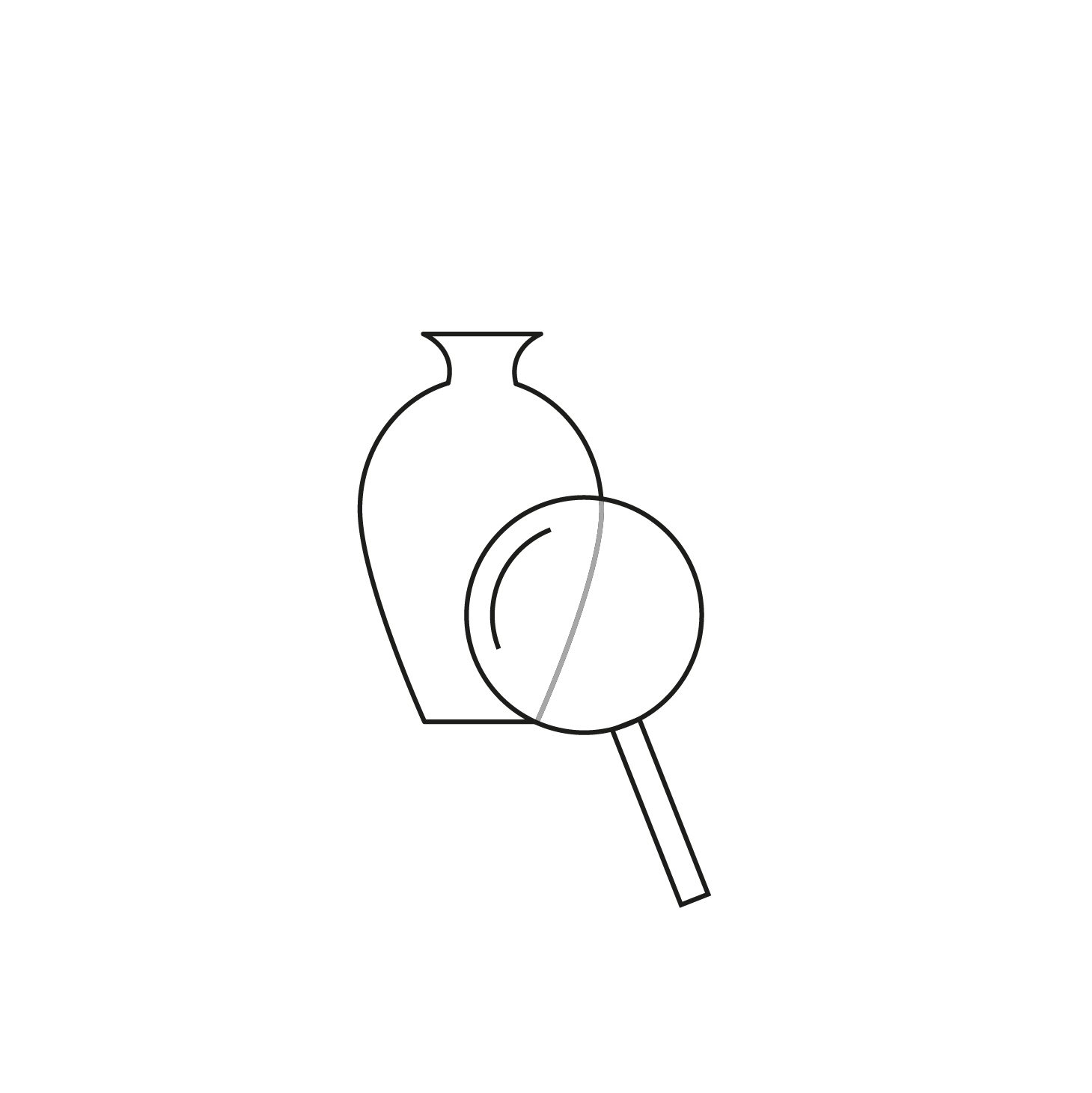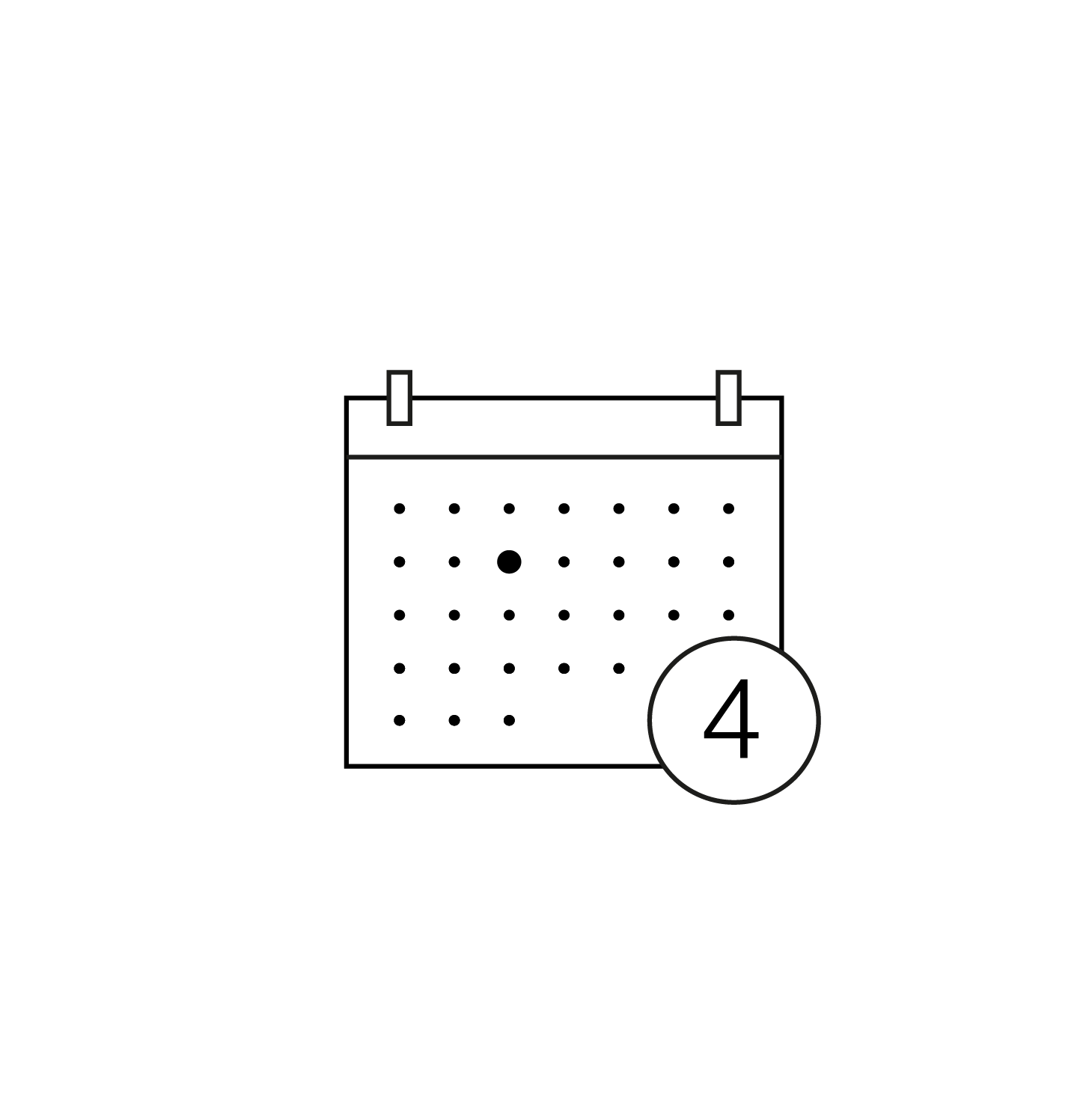Nguyễn Văn Thọ, plus connu sous son nom d’artiste Nam Sơn, naît à Hanoï en 1890 et étudie au lycée du protectorat, où il est initié à l’art occidental. Attiré par le dessin, il collabore à l’illustration de nombreux manuels, journaux et revues. Ses prédispositions lui permettent de rencontrer Victor Tardieu, lauréat du prix de l’Indochine de 1920, qui devient son mentor. Aux côtés de son maître, l’artiste vietnamien s’exerce avec brio à la peinture à l’huile et expose ses premières toiles dès 1923.
Ensemble, disciple et enseignant fondent, en 1924, l’École des Beaux-Arts de Hanoï, où sont pareillement enseignées les techniques artistiques occidentales et asiatiques, telles que la peinture sur soie ou la laque. Véritable vivier de talents, l’établissement donnera par la suite naissance aux plus grand noms de la peinture vietnamienne, à l’image de Lê Phổ, Mai Trung Thu ou encore Vũ Cao Đàm.
Du 03/12 au 31/12/1936, la Société Annamite d’Encouragement à l’Art et à l’Industrie (SADEAI) ouvre ses portes à Hanoi au « Salon 1936 », 12 rue Borgnis-Desbordes (garage Bainier, rue Tràng Thi), avec le triomphe de la peinture sur soie et de la laque. Un témoignage intéressant sur la situation de l’École des Beaux-Arts de l’Indochine nous est donné par Pierre Gourou 1 :« Victor Tardieu organisa un Salon annuel, qui était un événement de la vie hanoïenne ; il sut créer un vif mouvement d’intérêt autour de ses élèves, il sut les orienter vers les arts décoratifs et, par conséquent, leur assurer des possibilités nouvelles d’intérêt et des ressources supplémentaires. » (« Les Beaux-Arts en Indochine », revue France-Illustration, No190, 1949, numéro spécial sur l’Indochine).







